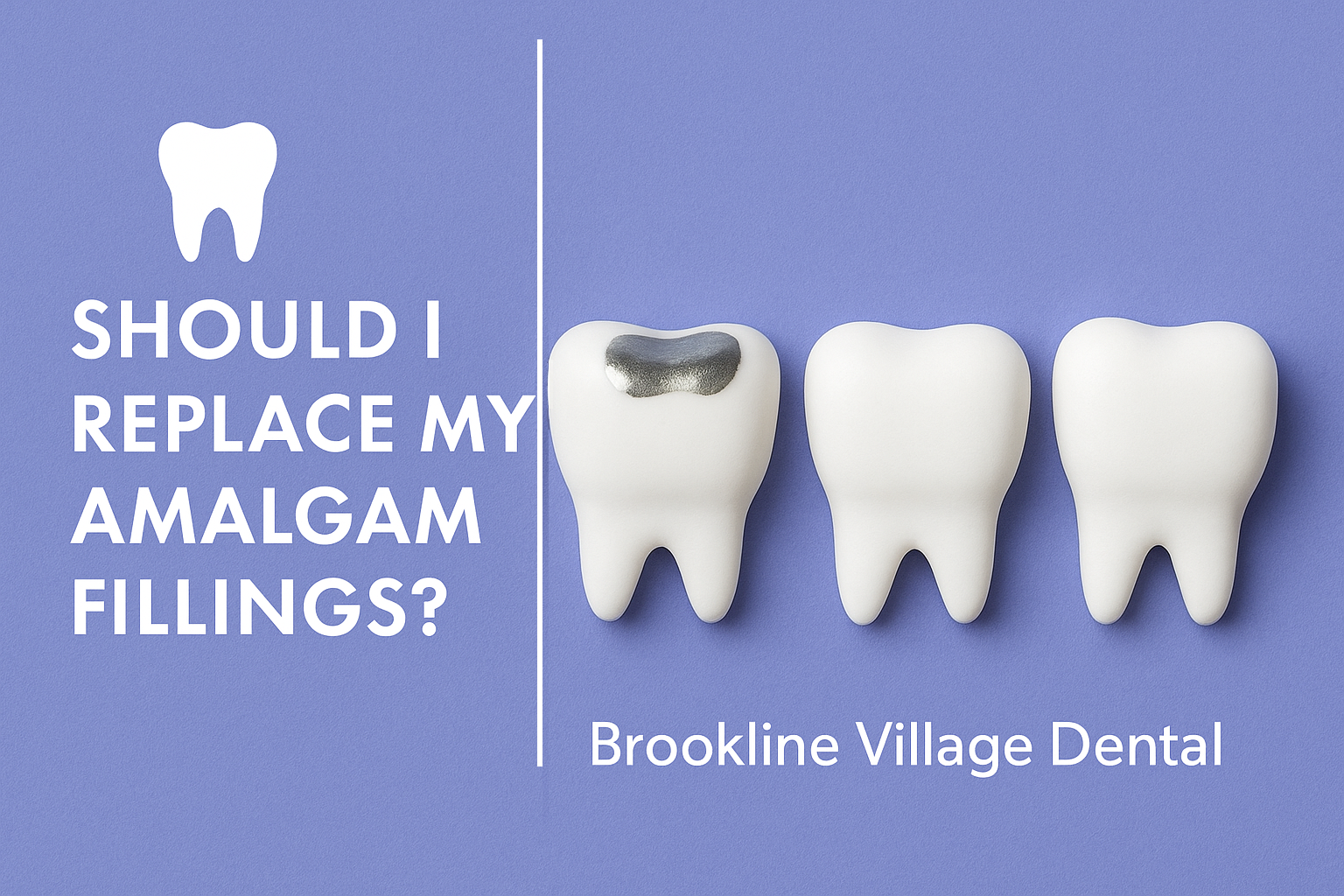Many dental patients have gum disease, also known as periodontal disease. This occurs when tartar and plaque build up below the gum line, causing the space between the teeth and gum to deepen. A healthy gum is usually 3 mm or less in depth when probing around the teeth. When a patient has gum disease a pocket develops at the gum line, trapping bacteria. This can cause the teeth to lose supporting tissue if not treated properly. A “deep clean,” also known as scaling and root planning removes the tartar and plaque underneath the gum line. The gum tissues then rebound and are much healthier with less inflammation.
A deep clean is usually completed in two appointments. The dentist will work on half of your mouth at each appointment. A local anesthetic to numb your gums is given before the procedure starts. Hand scalers and ultrasonic instruments are then used to remove the build up. Your gums may feel sore after the procedure but usually not much more than after a regular cleaning.
Treating gum disease at an early stage will prevent further bone loss and decrease the chance of further damage from infection.






